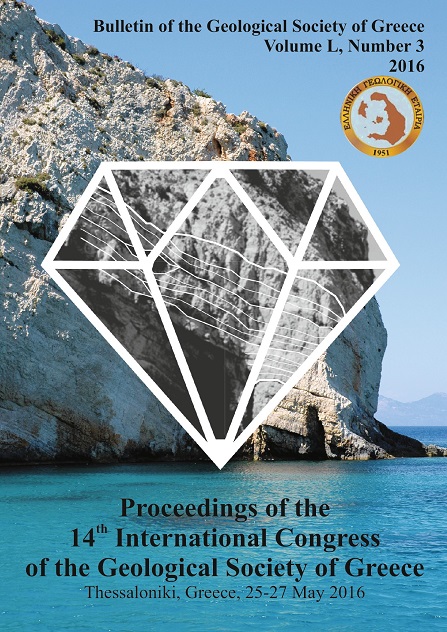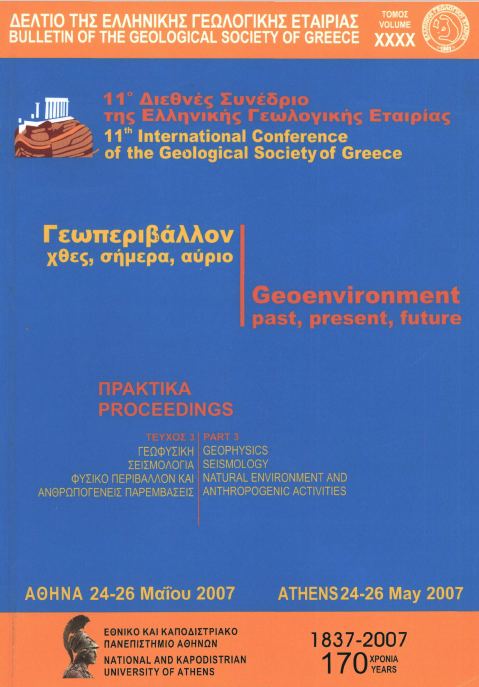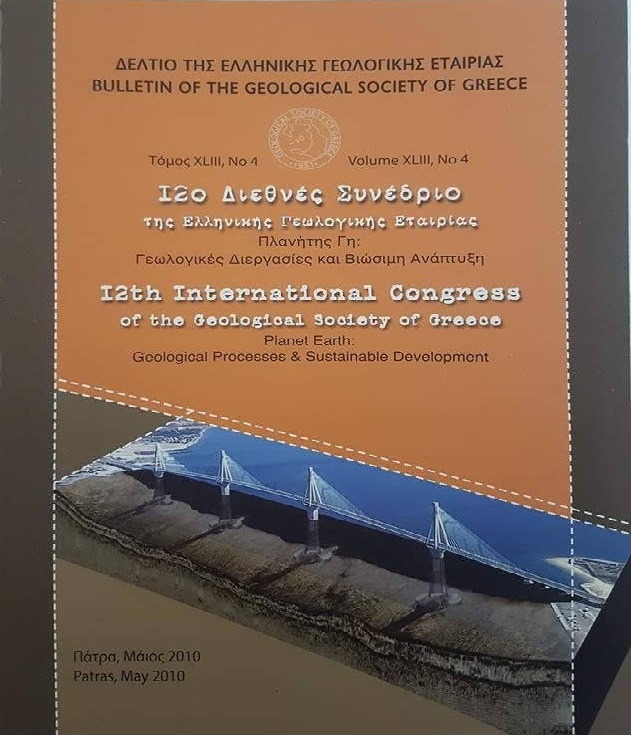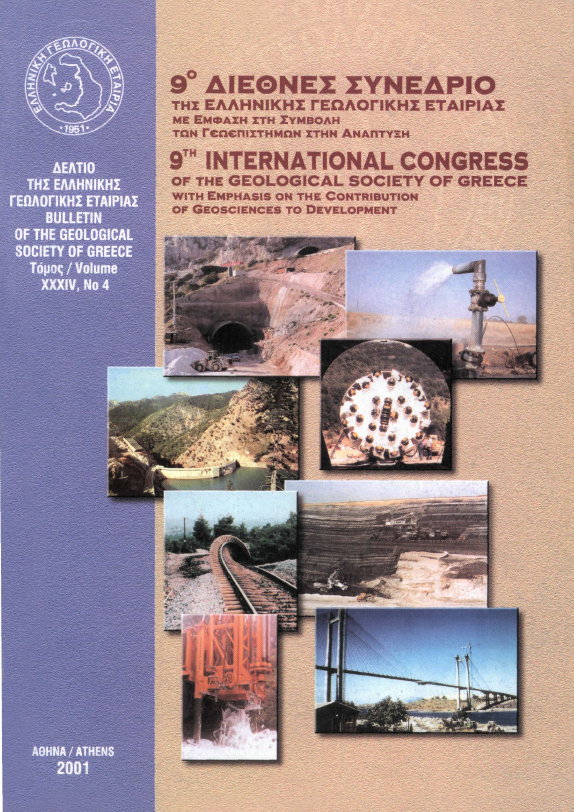DIFFERENTIAL INTERFEROMETRY AS A TOOL OF AN EARLY WARNING SYSTEM IN REDUCING THE VOLCANO RISK: THE CASE OF NISYROS VOLCANO
Περίληψη
In this study an attempt to evaluate the possibility to use the interferometric (InSAR) technique as an operational tool in an early warning system concerning the volcanic hazard, is presented. The InSAR techniques was appied in Nisyros volcanic island which during 1996-1998 show an intensive seismic unrest. Two interferometric images were created covering the period before the seismic activity (1995-1996). In the two interferometric images fringe patterns of deformation were recognized related to the ground deformation occured before the seismic unrest period. The operational capabilities of the technique is mainly restricted by the low repetitevily of the image aquisitions and the parameters to take in consideration like perpendicular baseline, atmospheric conditions etc
Λεπτομέρειες άρθρου
- Πώς να δημιουργήσετε Αναφορές
-
Parcharidis, I., Lagios, E., & Sakkas, V. (2018). DIFFERENTIAL INTERFEROMETRY AS A TOOL OF AN EARLY WARNING SYSTEM IN REDUCING THE VOLCANO RISK: THE CASE OF NISYROS VOLCANO. Δελτίο της Ελληνικής Γεωλογικής Εταιρείας, 36(2), 913–918. https://doi.org/10.12681/bgsg.16841
- Ενότητα
- Τηλεπισκόπηση και ΓΣΠ

Αυτή η εργασία είναι αδειοδοτημένη υπό το CC Αναφορά Δημιουργού – Μη Εμπορική Χρήση 4.0.
Οι συγγραφείς θα πρέπει να είναι σύμφωνοι με τα παρακάτω: Οι συγγραφείς των άρθρων που δημοσιεύονται στο περιοδικό διατηρούν τα δικαιώματα πνευματικής ιδιοκτησίας επί των άρθρων τους, δίνοντας στο περιοδικό το δικαίωμα της πρώτης δημοσίευσης. Άρθρα που δημοσιεύονται στο περιοδικό διατίθενται με άδεια Creative Commons 4.0 Non Commercial και σύμφωνα με την οποία μπορούν να χρησιμοποιούνται ελεύθερα, με αναφορά στο/στη συγγραφέα και στην πρώτη δημοσίευση για μη κερδοσκοπικούς σκοπούς. Οι συγγραφείς μπορούν να: Μοιραστούν — αντιγράψουν και αναδιανέμουν το υλικό με κάθε μέσο και τρόπο, Προσαρμόσουν — αναμείξουν, τροποποιήσουν και δημιουργήσουν πάνω στο υλικό.








